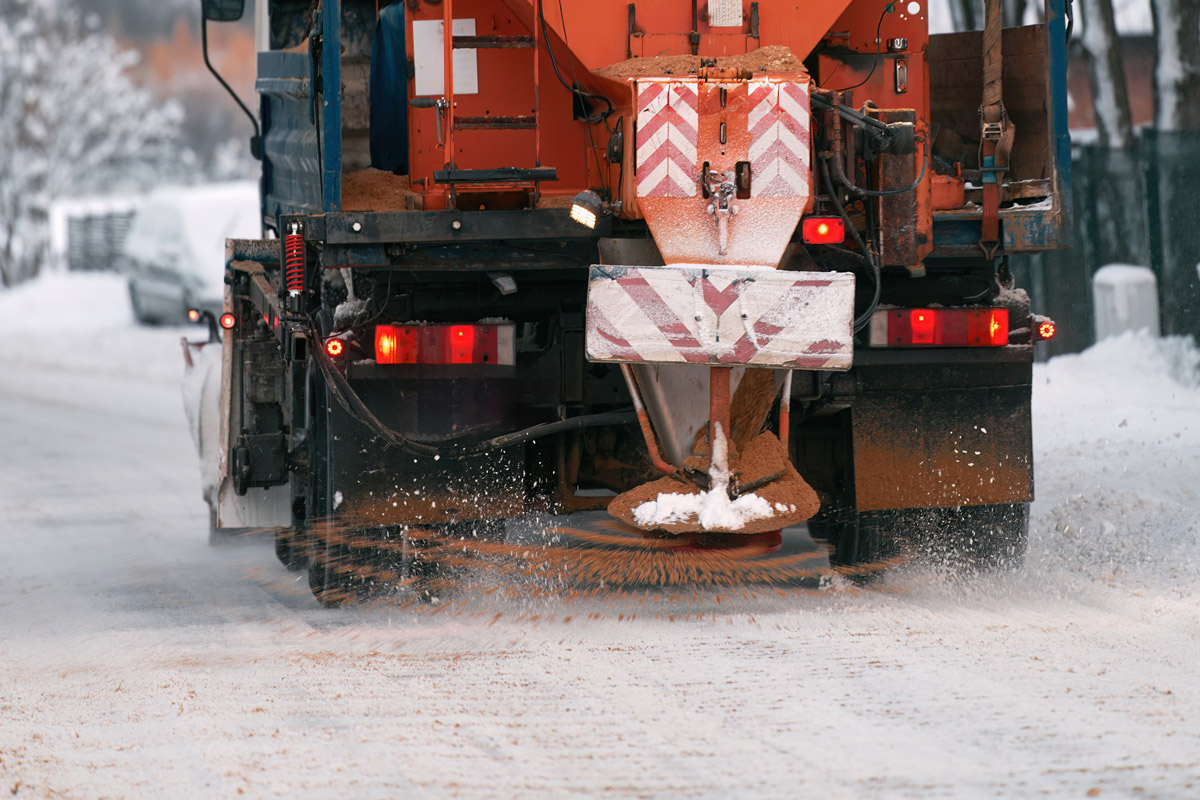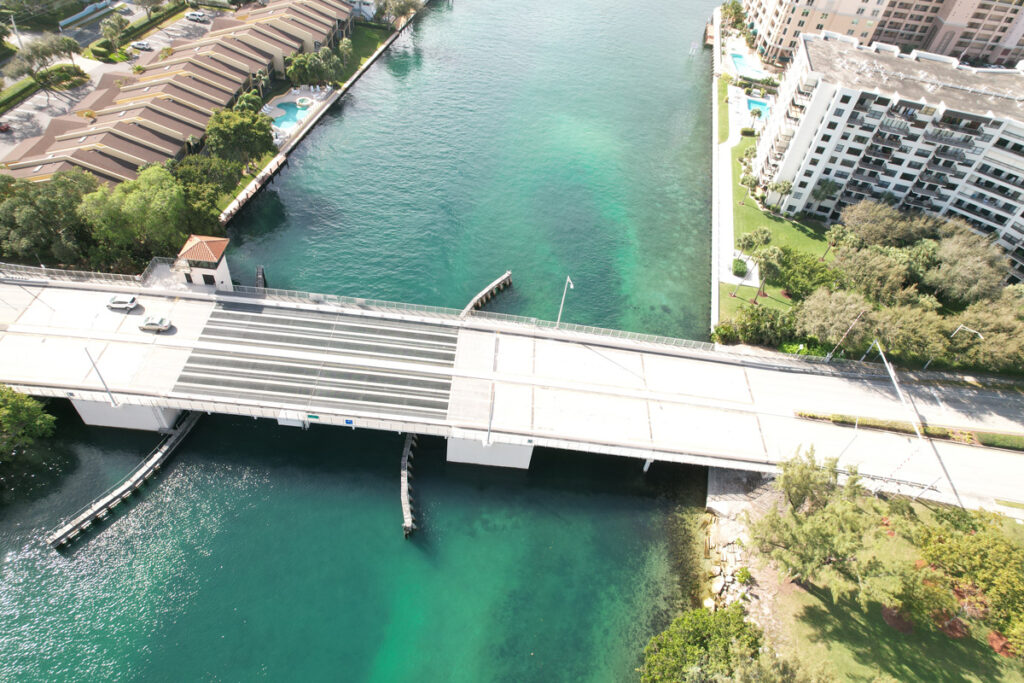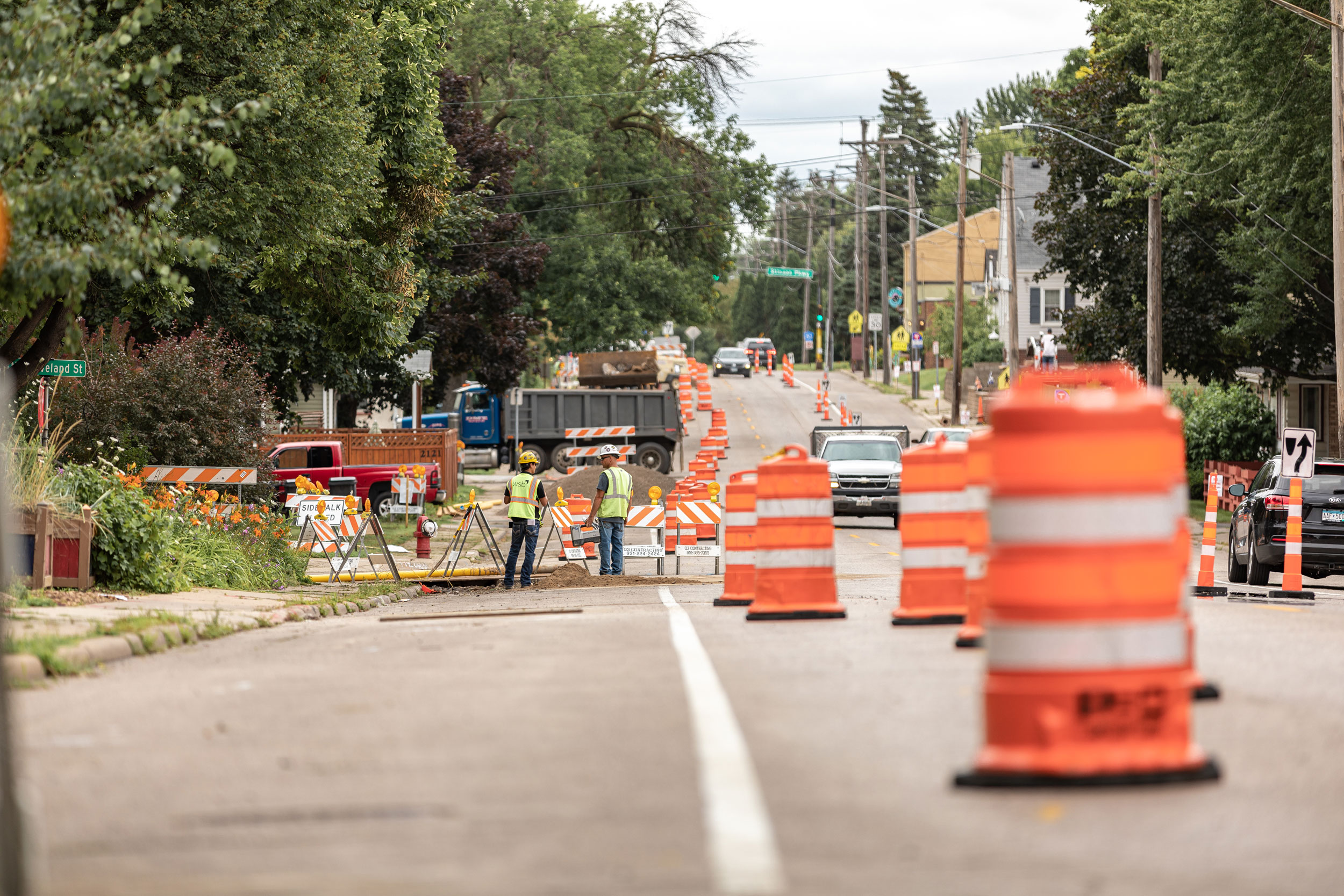February 27, 2025
By: Matias Mendez, P.E., Ph.D., Director, Geotechnical and Pavement Services, WSB
The use of salt as a deicing agent on roads has been a common practice for decades. However, it comes with significant drawbacks that cannot be overlooked. The corrosive nature of salt contributes to the deterioration of infrastructure such as bridges and roads, and vehicles, causing costly repairs and replacements. The runoff of salt after winter weather can have detrimental effects on the environment too, affecting vegetation, aquatic ecosystems, and wildlife. Rock salt has also proven to be less effective in single digit temperatures, or when temperatures dip below zero degrees. With these concerns in mind, city governments are increasingly exploring alternative solutions to ensure road safety during winter months.
One promising alternative is the use of beet juice, derived from the sugar beet. Increasingly recognized for its eco-friendly properties, beet juice significantly improves the efficacy of ice melting solutions when mixed with brine. The sugars in beet juice lower the freezing point of water more effectively than salt alone, allowing it to work even at lower temperatures. Its viscous nature helps the brine adhere better to road surfaces, reducing the need for frequent applications.
There are several advantages to using beet juice for deicing. Beet Juice is less corrosive than salt, aiding in the resiliency of city infrastructure such as bridges and roads. The use of beet juice in a deicer provides a range of benefits that make it a compelling alternative to the standard salt brine. While both methods are effective at melting ice, beet juice’s lower environmental impact and reduced infrastructure damage, paired with the enhanced performance in lower temperatures provide a strong case for its adoption and helps ensure safer roads even in the most severe winter conditions.
For city staff seeking proficient management of all aspects of road maintenance, WSB offers expert assistance and comprehensive pavement management planning. Our experienced team can help municipalities with deicing strategies, road repairs, and long-term infrastructure planning. With WSB’s support, cities can ensure their roads remain safe, functional, and sustainable throughout the winter months and beyond. Contact WSB today to learn more about optimizing your city’s road maintenance program.






